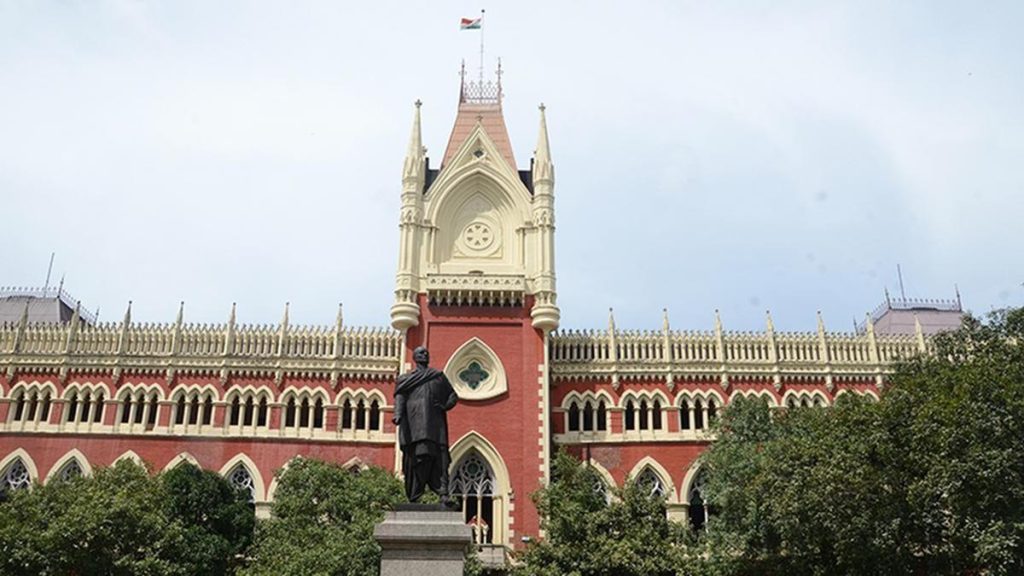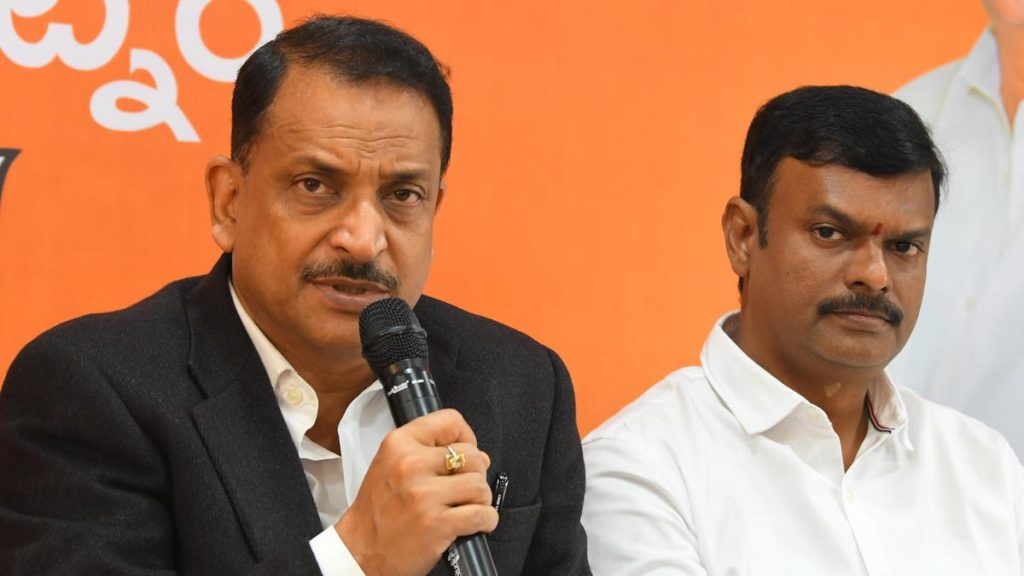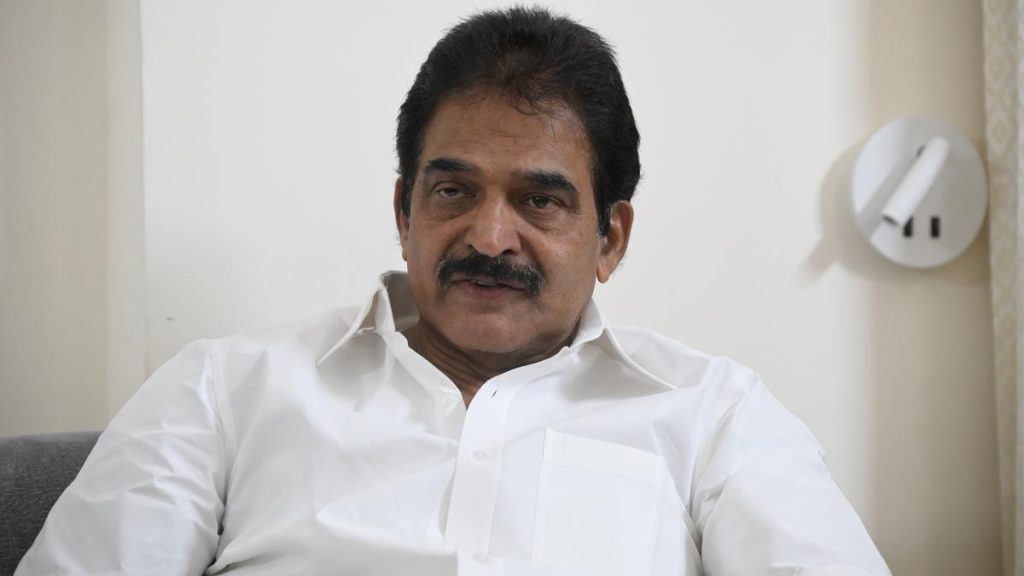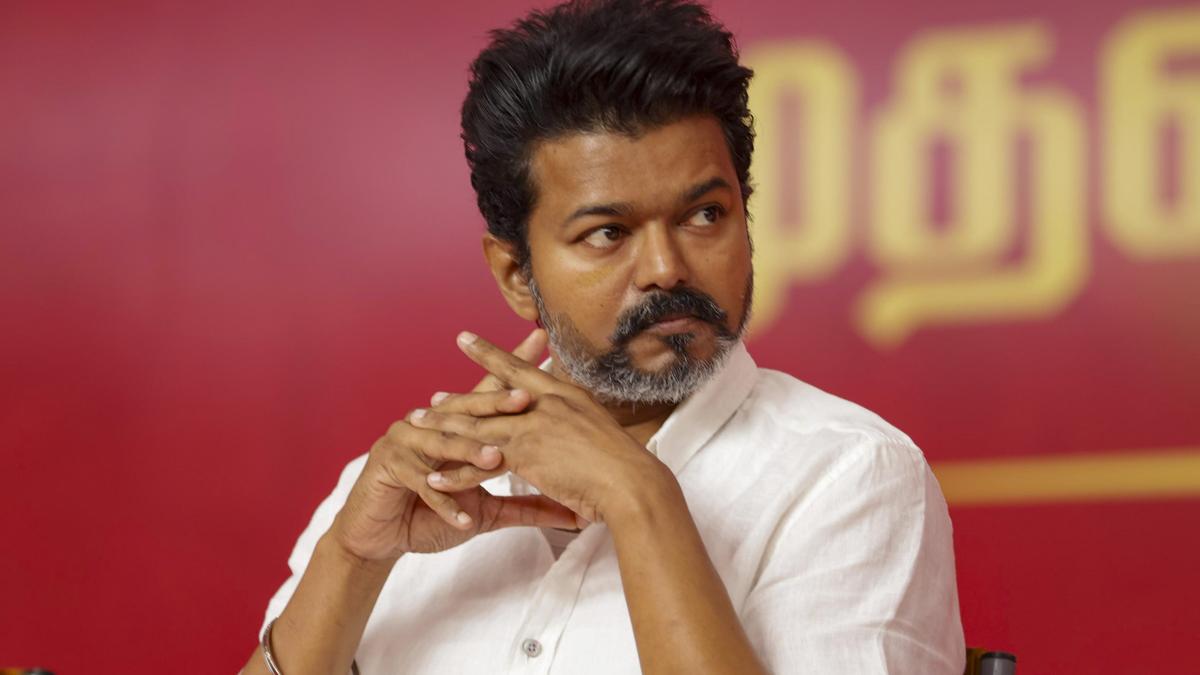Now Reading: Dawoodi Bohra Community Hosts Inclusive Congregation in Chennai
-
01
Dawoodi Bohra Community Hosts Inclusive Congregation in Chennai
Dawoodi Bohra Community Hosts Inclusive Congregation in Chennai
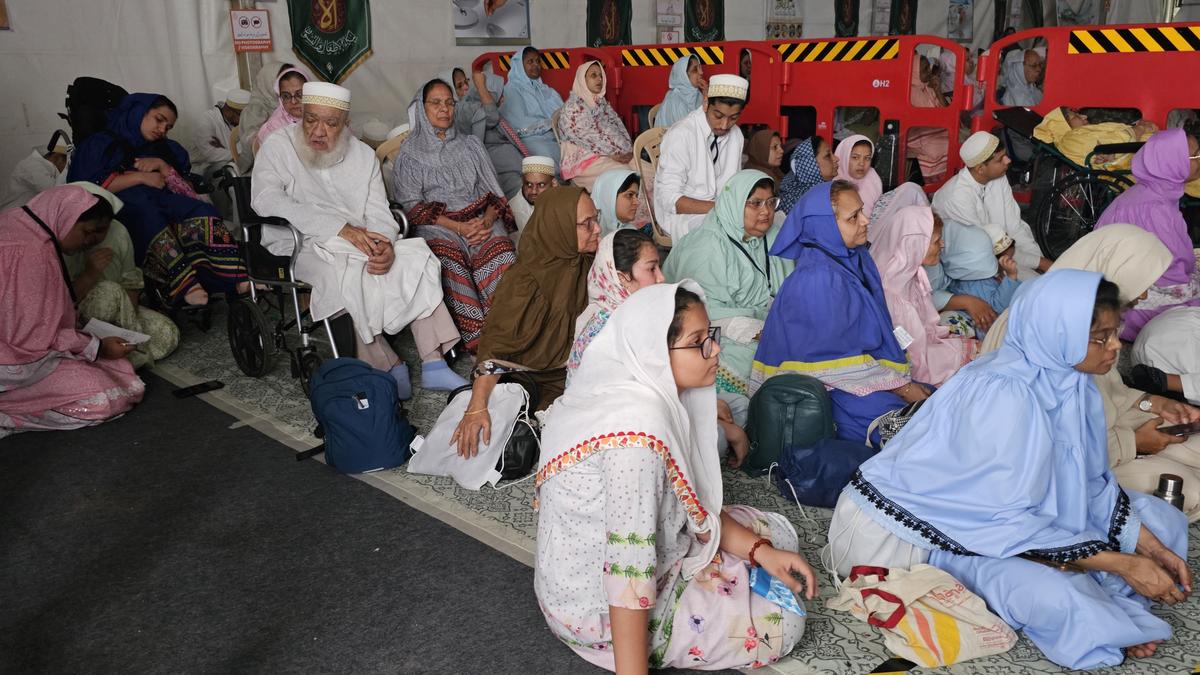
Quick summary
- ashara Mubaraka Congregation: Held annually at the start of Muharram, this religious event commemorates Prophet Muhammad, his grandson Imam Husain, and his companions. The 2025 congregation in Chennai marked its return to the city after 50 years.
- Attendance: Approximately 43,000 individuals participated globally, including over 120 specially-abled children.
- Special focus for Disabled Individuals:
– Three dedicated zones were created for persons with disabilities.- Zones included accommodations for hearing impairment (sign language interpreters), multi-disorders such as autism spectrum disorder, cerebral palsy, visual impairment, muscular dystrophies, etc.
- Support Systems Provided:
– Seven special educators and eleven trained volunteers assisted attendees with disabilities.
– Calming rooms equipped with sensory toys were arranged for overstimulated children affected by autism to help regulate emotions and behavior.
- Preparation Process: Parents registered their children ahead of time; specific needs like food preferences and independence level were assessed before the event began on June 27.
- Feedback from organizers indicated significant adaptation success among participating children.
Indian Opinion Analysis
The purposeful inclusion of specially-abled individuals in an event as large-scale as Ashara Mubaraka highlights progressive developments in accessibility within community-driven initiatives.Organizing tailored zones with professional support underscores an understanding that thoughtful planning can facilitate equitable participation. This approach not only enabled disabled individuals to engage more meaningfully but also set a precedent for how inclusivity can be achieved effectively in large congregations.
From a broader societal outlook, these efforts reflect growing sensitivity toward marginalized groups within IndiaS diverse social framework. By fostering inclusivity during religious gatherings-a central aspect of community life-it demonstrates how cultural traditions can evolve alongside evolving awareness around accessibility rights.
For more details on this story: Read More


